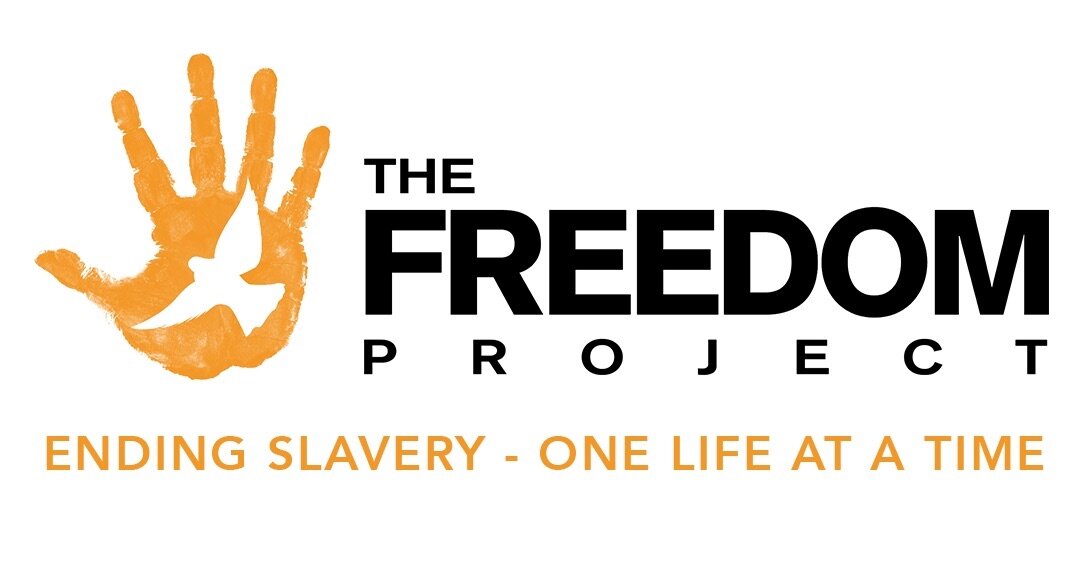The History of the Slave Trade
By Maddy Reid
With the International Day For The Remembrance Of The Slave Trade and It’s Abolition tomorrow on August 23rd, here at The Freedom Project, we wanted to take a brief moment to talk about the history of the world’s slave trade. As Sara Ralphs, The Freedom Project’s Head of Marketing & Communications puts it: “Whether you’re just starting your journey as a social justice advocate, or you’ve been standing up in the fight to end slavery for decades, there’s always more to learn, and definitely more to do! But it’s hard to take steps forward without looking back every so often to reflect how far we’ve come, and why we need to keep going.”
Slavery has been prevalent throughout the world since the beginning of history; records of slavery can be traced as far back as 3500 BCE. The Slave Trade was saturated in the ancient world, commonly seen throughout the Roman Empire. Biblically, we see examples of ancient slavery throughout the records of Exodus where the Israelites were enslaved to Pharaoh under Egyptian rule. And the human trafficking industry - as it’s come to be known - has continued to expand over centuries, taking various forms.
These days, when you mention slavery, most people’s minds will go straight to the Transatlantic Slave Trade accross 1500-1900.
Image from: https://www.britannica.com/topic/transatlantic-slave-trade/The-Middle-Passage
This awful period in human history began when Portugal and Spain set about establishing colonies in the new world. Originally, they relied heavily upon the local Indian peoples to work the plantations. But as violence and European diseases broke out and devastated the Indian population, Europeans began searching for a solution to the labour shortages. The local Indians were slowly replaced by Africans who were forcibly taken from the interior of Africa.
The majority were taken to the coast and put on slave ships traveling to the Americas. These ships were known to be overcrowdedand were riddled with sickness and disease due to unsanitary conditions, not to mention the intense brutality of the ships’ crews. It is estimated that between 1525 and 1866, over 12.5 million Africans arrived in the Americas destined to become slaves. This had a devastating impact of African culture; the loss of individuals from their homeland resulted in increased state violence in Africa, leaving those left behind vulnerable to threat. When arriving in the Americans, Africans were treated horrifically - having even their sense of their humanity stolen. This is the tragic reality for almost all peoples enslaved.
The effects of this dark stain on humanity are still tragically felt to this day through institutionalised racism and discrimination in the many nations where these people were sold, not just in the Americas but the UK, Europe and beyond. The widespread horrors of the Transatlantic Slave Trade eventually sparked the justified action to rectify it and even built the foundation for slavery abolition on the 6th of December, 1865 in the US.
But not before 366 years had passed of pain, abuse, murder, rape, displacement and the permanent loss of family, identity and culture.
From Then to now: What does Slavery look like?
Slavery was made illegal by the British Empire in 1833; Australia was also subject to these laws. 32 years later, slavery was abolished in the United States. It was adopted as part of the US constitution. This amendment freed over 100,000 enslaved peoples from Kentucky to Delaware. In Australia, we currently have seven international human rights treaties - the right to freedom from slavery is contained in section 8 of the International Covenant on Civil and Political Rights. But that’s just here in the Western World.
“So many people think slavery as a thing of the past,” says Sara “but I remember how shocked I was to learn that the last country to outlaw slavery - Mauritania in West Africa - only officially did so in 1981. 1981! We got the first Star Wars movie 4 years before the world had officially outlawed slavery! And just because it was finally made illegal globally, doesn’t mean it stopped overnight…. What so many people fail to realise is that slavery and forced labour is still a monumental problem in countless nations even to this day.”
There are still 40 million enslaved individuals worldwide today, generating roughly $150 billion annually for traffickers. Therefore, as we take this moment to reflect on the history of the slave trade, it is important to remember that slavery continues to be an ongoing, prevalent issue within modern society. It is a battle we must continue to fight.
Tomorrow, take a moment to reflect on the worlds history of the slave trade and ask yourself what practical things can you be doing to stop the slave trade in it’s tracks?
Keen to learn more? Click here to learn about the 3-pronged solution to slavery in our world.

